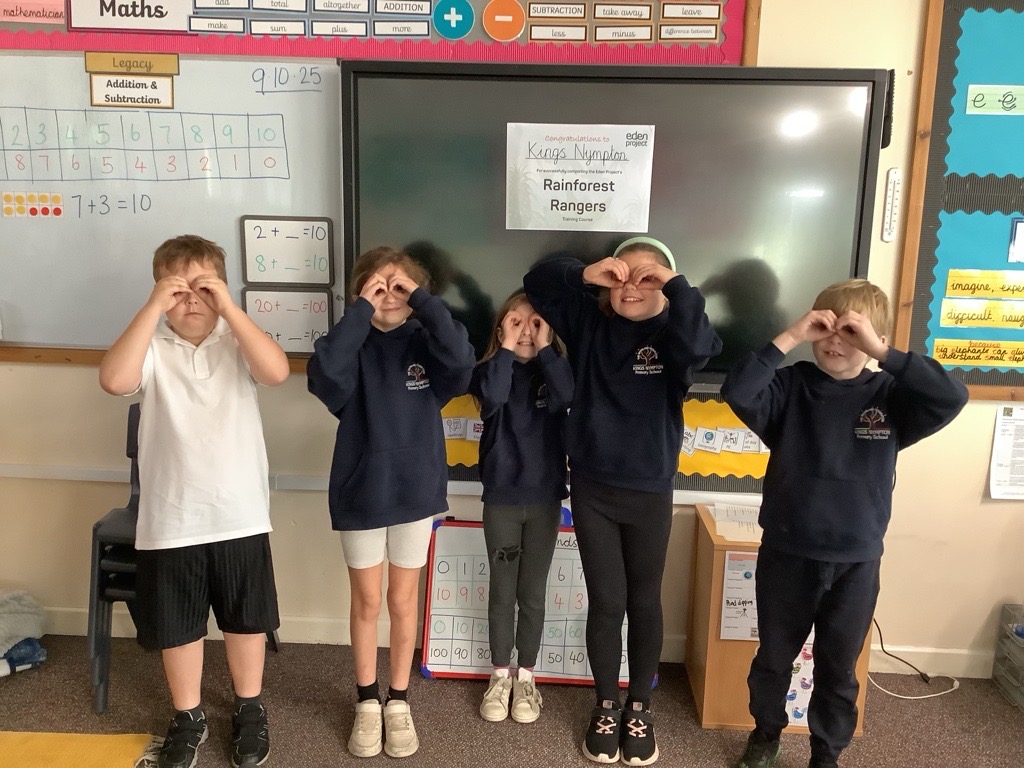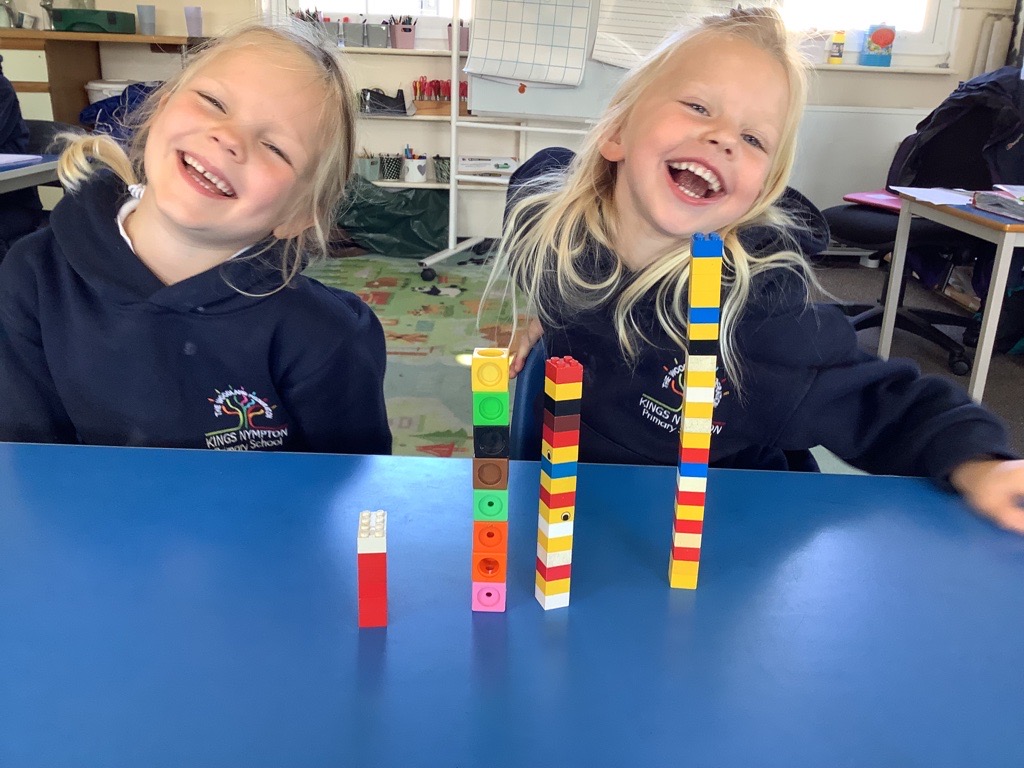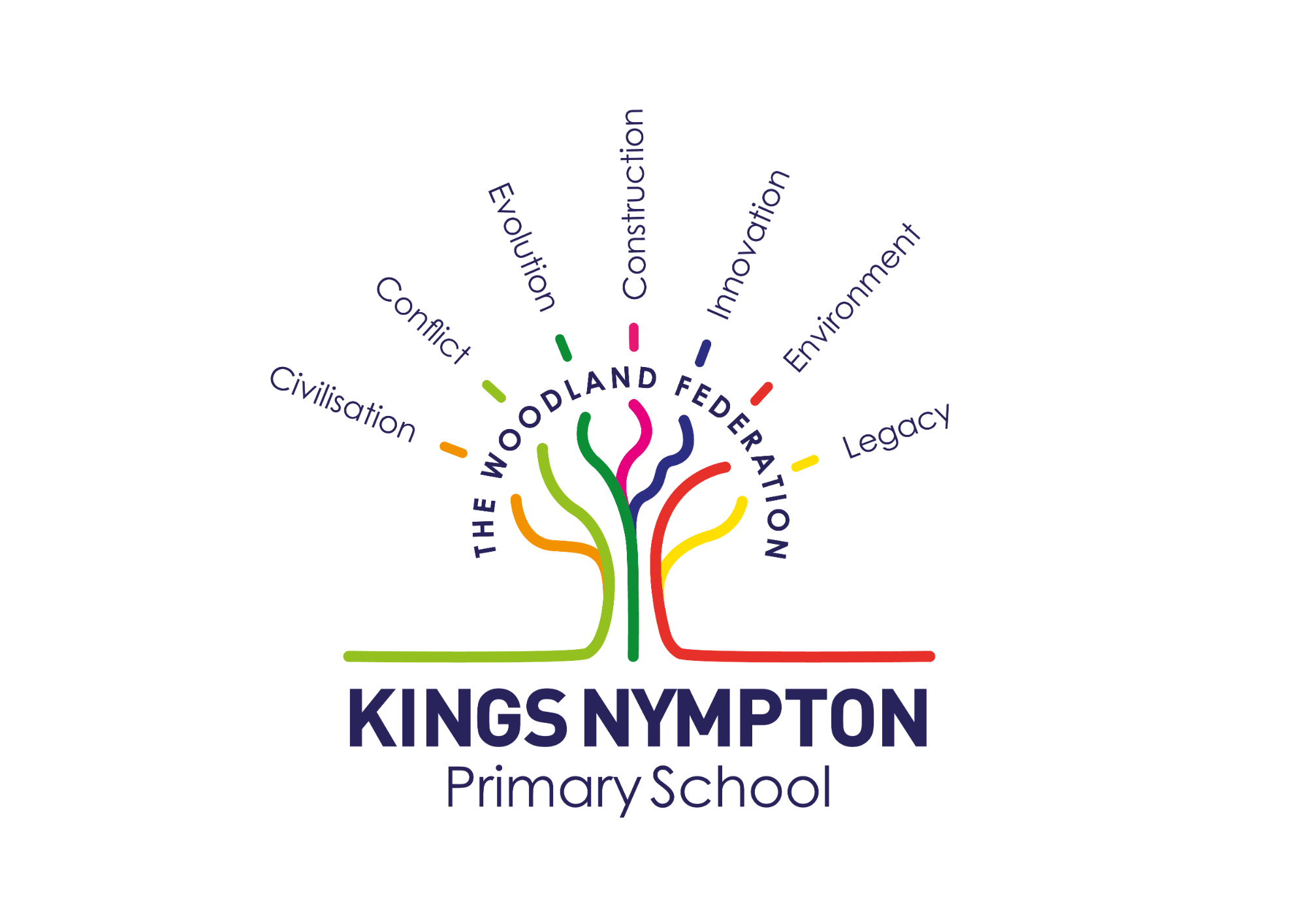Overview of our Unique Curriculum Offer
Our curriculum is designed to inspire curiosity, creativity, and a deep understanding of the world through seven interwoven concepts: construction, innovation, civilisation, legacy, conflict, environment, and evolution. These themes provide a coherent structure that enables pupils to make meaningful connections across subjects and time periods. Our aim is to create learners who are thoughtful, knowledgeable, and articulate—able to use what they learn to question, analyse, and contribute positively to their communities and beyond.
 We utilise tiered vocabulary and oracy, ensuring that every pupil develops the language and confidence needed to access, express, and extend their learning. We recognise that vocabulary is a key driver of understanding and progress, and we therefore embed rich language instruction throughout all areas of study. Our intent is that pupils not only acquire knowledge but also learn to communicate it effectively, engaging in discussions that deepen comprehension and foster a culture of curiosity and respect for diverse perspectives.
We utilise tiered vocabulary and oracy, ensuring that every pupil develops the language and confidence needed to access, express, and extend their learning. We recognise that vocabulary is a key driver of understanding and progress, and we therefore embed rich language instruction throughout all areas of study. Our intent is that pupils not only acquire knowledge but also learn to communicate it effectively, engaging in discussions that deepen comprehension and foster a culture of curiosity and respect for diverse perspectives.

Our mission is to provide an inclusive and ambitious curriculum that challenges every pupil to reach their full potential. We achieve this by building on prior knowledge, carefully sequencing learning, and providing adaptive teaching that meets individual needs. By encouraging pupils to think critically and reflect on the seven key concepts, we nurture independent, resilient learners who understand their place in the world and the impact they can make within it. Ultimately, our curriculum equips pupils with the knowledge, skills, and values needed to thrive in the wider world.

